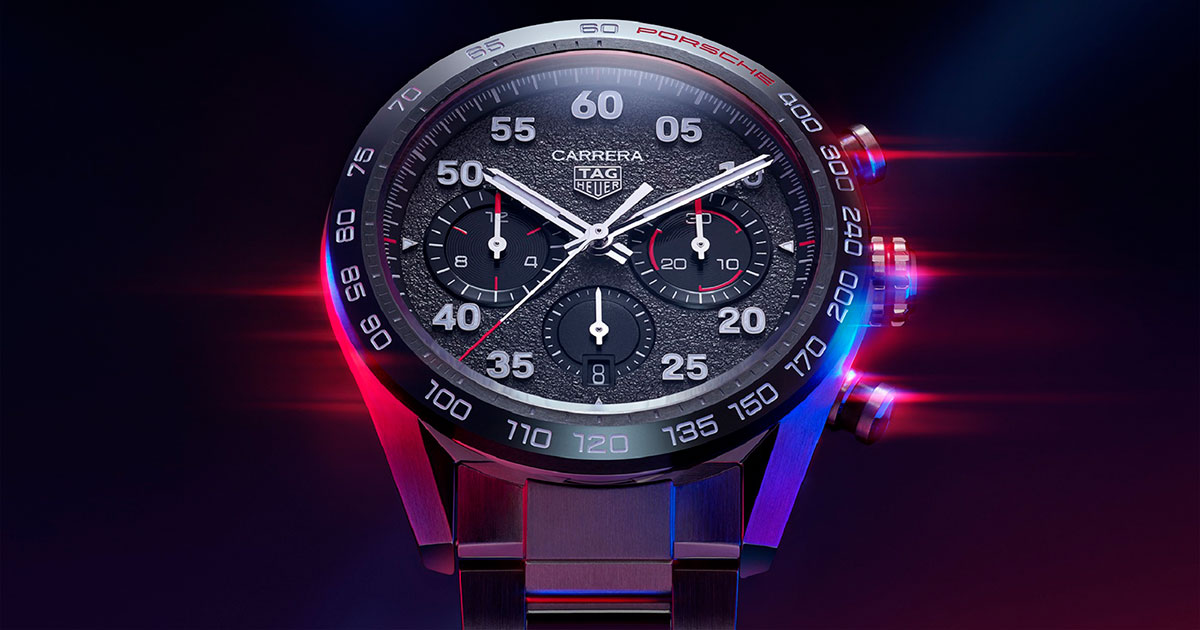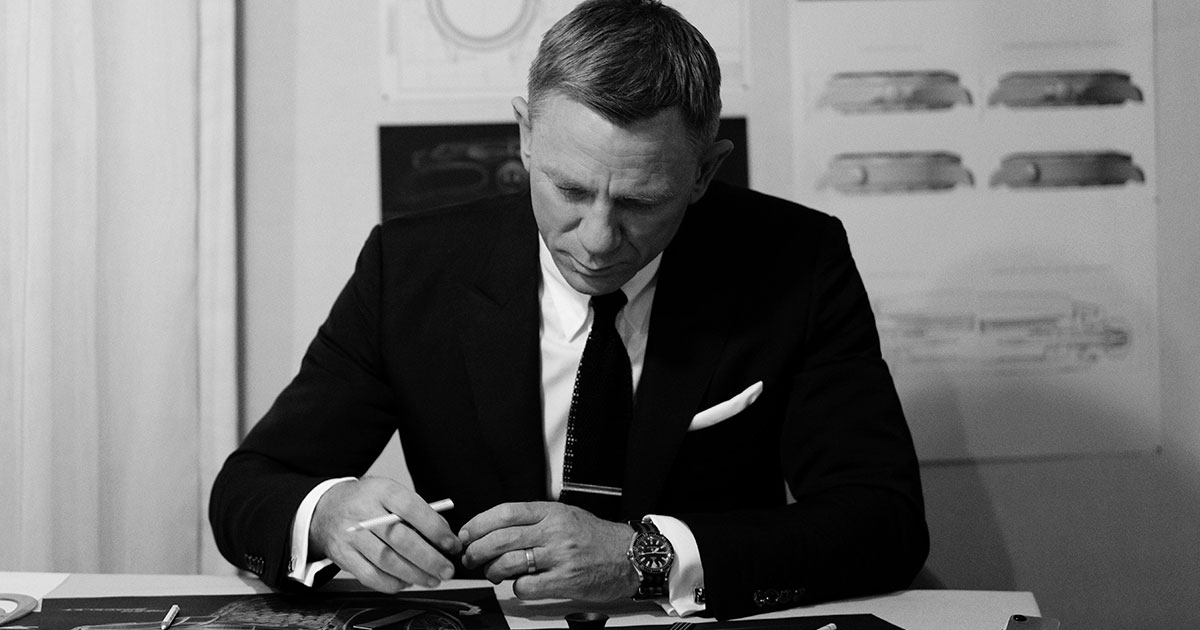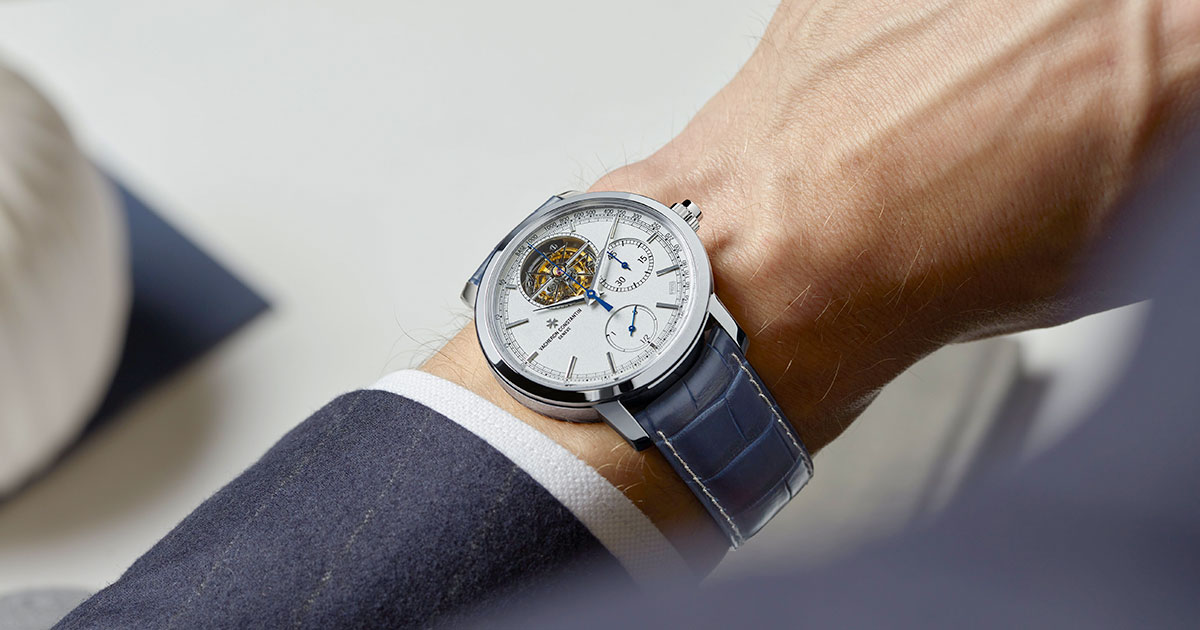
Haute Horlogerie: Calculating time differently
What is Haute Horlogerie? Here’s an introduction to this complex subject based on the heritage of artisanal watchmaking.
Article published on | 7 minutes of readingIn our quest for ultimate refinement in the Gentologie Magazine Issue 13, where this article was originally published, we find that time is one of those rare luxuries money can’t buy. Nonetheless, we can appreciate it even more, thanks to the rebirth of Haute Horlogerie, our appreciation of it has grown. These timepieces, products of exceptional watchmaking craftsmanship, symbolize classicism and expertise. Let’s journey back to explore their origins.
The revival of watchmaking culture, the origin of Haute Horlogerie
According to Dominique Fléchon’s book À la conquête du temps, the rebirth of watchmaking began in 1979, spurred by Osvaldo Patrizzi, founder of Antiquorum. He initiated this revival by organizing auctions of wristwatches, publishing catalogs, specialized books, and illustrated monographs. His efforts reignited interest in traditional wristwatches, transforming them into the coveted collectibles we know today.
In response to this renewed enthusiasm, many historic brands started reacquiring their vintage pieces to display in private museums. OMEGA and Girard-Perregaux, for example, kicked off the ball in 1983 and 1991 respectively. This resurgence, coupled with a rejection of quartz watches deemed emotionless due to its perfect predictability, paved the way for the return of mechanical watchmaking and its iconic ticking that now captivates enthusiasts worldwide.
The decline of mechanical pocket watches in the early 1970s can be attributed to technological advancements that adapted their intricate mechanisms for wristwatches. Historical wristwatches rarely featured perpetual calendars, tourbillons, or minute repeaters. They were primarily valued for their timekeeping function rather than their complications, which today define the allure of Haute Horlogerie. Besides, many everyday objects started to display the time.
Due to the mechanical watches’ slight delay of a few seconds every month, they got momentarily sidelined by their more accurate quartz counterparts. The early 1980s marked a period of reinvention for wristwatches. By the mid-1980s, specifically 1983, manufacturers were adopting a completely new approach to the watch as a whole: the case, mechanism, and bracelet now formed a unified ensemble where originality, beauty, and exemplary quality blended seamlessly.
At the same time, brands did not want to remain trapped in the past and aimed to project into the future, ensuring their place within modernity. From that point, technical and precious watchmaking evolved gradually, merging these two realms where style, technique, jewelry, and watchmaking became one. The object of desire was reimagined under historical forms inspired by early 20th-century cases. By looking back, these models became the inspiration for the future.
A new era in watchmaking
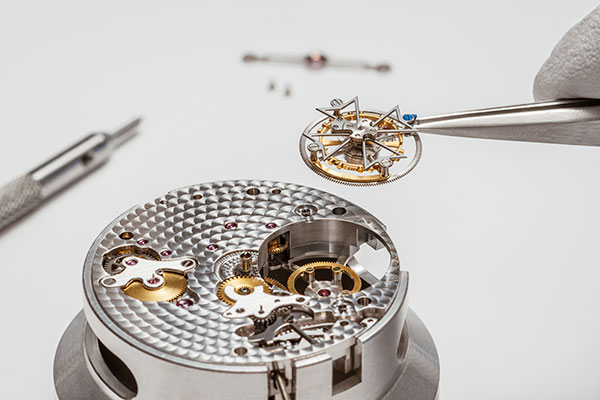
Photo: Vacheron Constantin
Thus, a new wave of watchmaking began with the adaptation of historical models and new creations showcasing unique designs to demonstrate the creativity, knowledge, and expertise of various horological crafts, including watchmakers, dial makers, jewellers, enamellers, and engravers.
For example, in 1996, Cartier completely renewed its famous Tank watch, originally dating back to 1919. The addition of curves to its square case, integrated with the bracelet, recalls the watchmaker’s jeweller past. These changes are easily observable in this prestigious company and others, thanks to the transformation of their forms. This new art, revisiting classic watches while highlighting the talents of various artisans, now includes complications and offers a marriage between elegance and craftsmanship.
The creation of the Fondation de la Haute Horlogerie
In the early 2000s, the notion of technical and precious Haute Horlogerie emerged. In 2005, this concept was solidified with the creation of the Fondation de la Haute Horlogerie in Geneva. Supported by partner brands such as Audemars Piguet, Breitling, Bulgari, Carl F. Bucherer, Cartier, Jaeger-LeCoultre, Panerai—known for popularizing the 44 mm size of today’s watches following their adaptation of models for the Italian navy in 1988—Ulysse Nardin, Vacheron-Constatin, TAG Heuer, and Van Cleef & Arpels, this non-profit organization now serves as a reference and neutral point for all horological matters.
The Complications
To begin with, a complication represents a function other than the display of hours and minutes in this technical domain. Over the next few lines, I will introduce you to some complications that have made Haute Horlogerie watches renowned.
Tourbillon Watches
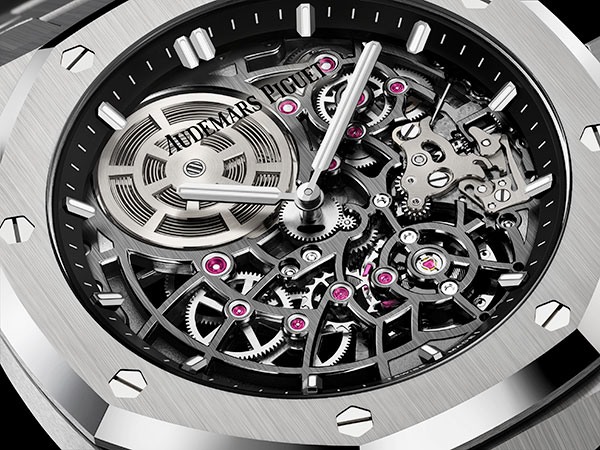
Photo: Audermars Piguet
For those unfamiliar with the tourbillon, it is a horological complication added to the escapement mechanism. It aims to improve the precision of mechanical watches by counteracting the disturbances of the resonator’s isochronism due to Earth’s gravity. This mechanism was invented by Swiss watchmaker Abraham-Louis Breguet, founder of the famous brand bearing his name, in 1801.
The first automatic tourbillon for wristwatches was created by Maurice Grimm and André Beyner for Audemars Piguet in 1986. It astonishes with its case thickness (2.5 mm) and its placement at 11 o’clock on the dial. Consequently, this exceptional achievement revived one of horology’s major inventions. Four years later, the duo designed the first central tourbillon for OMEGA. Since then, this complication has continued to evolve, recently seen in the TAG Heuer Carrera Chronograph Tourbillon mentioned in this article. Not to forget the Piaget’s ultra-thin automatic tourbillon, the Emperador Coussin Tourbillon Automatic Extra-Thin, unveiled in 2010. With a thickness of 10.4 mm, this mythical object is the thinnest in the world.
Despite being less precise and more expensive to produce than quartz watches, these various alterations and improvements, including the gyrotourbillon, make this complication an increasingly sought after in today’s mechanical watches and chronographs.
A new era of complications
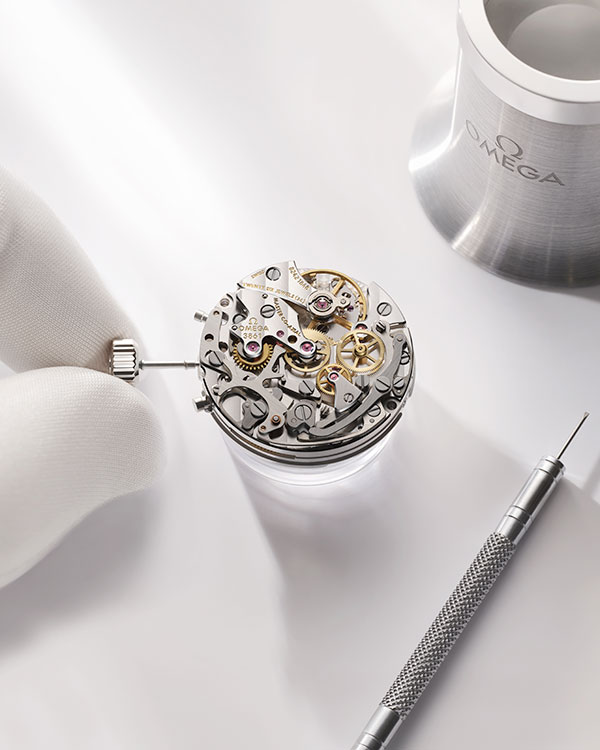
Photo: OMEGA
As mentioned earlier, the tourbillon has been widely discussed in recent years, but it is the Patek Philippe Caliber 89 that is now seen as the benchmark for portable mechanical watchmaking. Presented in 1989—its name referencing this—during the 150th anniversary of the renowned Swiss brand, it is the result of over nine years of research and development. With a diameter of 88.2 mm and a thickness of 41.07 mm, it houses no fewer than 1728 components animating its 33 functions. Representing the resurgence of horological craftsmanship, this watch surpasses many models released in the past century in terms of functionality. The Caliber 89 remains an inspiration for the Patek Philippe family and its competitors.
A few years later, in 1991, Blancpain produced six wristwatches cementing the six main horological complications: the moon phase calendar, the perpetual calendar, the split-second chronograph, the minute repeater, the ultra-thin movement, and the tourbillon. For reference, the 1735 model combines all these complications into a single grand complication wristwatch with 740 elements.
Thus, master watchmakers continuously refine their research, devising new solutions to overcome technical challenges. Whether to increase the mechanisms’ autonomy, enhance their precision, or eliminate lubrication, they strive for mechanical perfection. For example, English master watchmaker George Daniels, on the OMEGA De Ville, found a way to eliminate component oiling with the coaxial escapement.
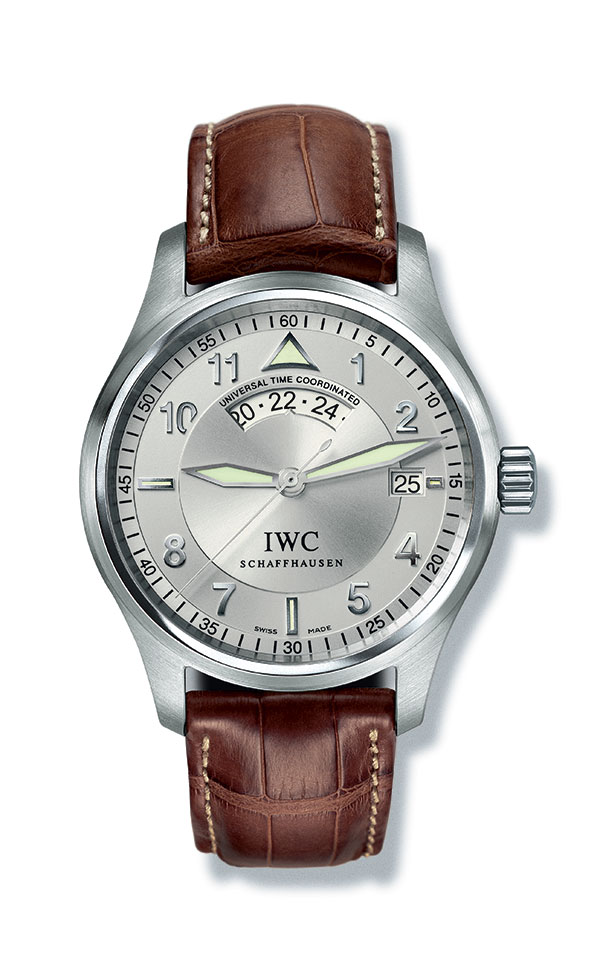
Photo: IWC
This is just a glimpse of a few complications presented here. While their advancement greatly aids the mechanism of mechanical watches, they are seldom used in daily life. Consider A. Lange & Söhne’s Lange 1, the first large date watch with two oversized windows, or Jaeger-LeCoultre’s Reverso, enriched with all the great traditional complications, including world times and dual time zones. We should also mention IWC’s UTC (Universal Time Coordinated) Caliber A/30710 Reference IW3251 (above), which, in 1998, innovated by coordinating with universal time, allowing users to read different times and dates worldwide and change the time and date using just the crown—a perfect solution for today’s globetrotters.
So, what’s next (or your first) on your Haute Horlogerie watch list?
This article was originally published in the Gentologie Magazine Issue 13. Join the gentlemen by subscribing to Le Club by Gentologie.
Note: When we learn that an error has slipped into our site, we report it by correcting it. If you notice an error, please inform us by contacting us through our Contact us page.


